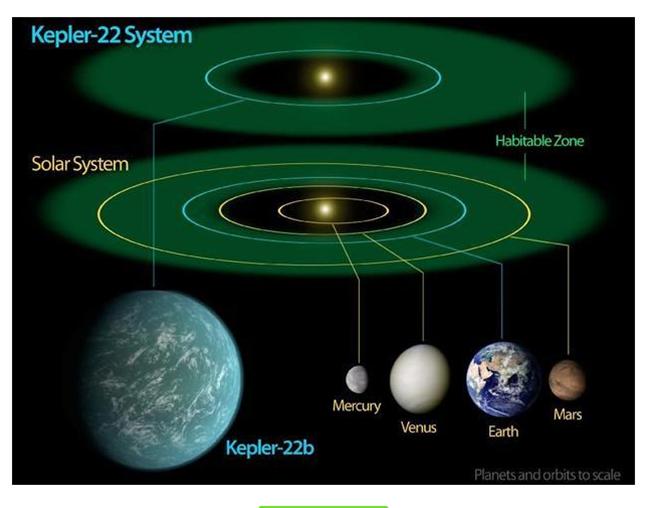| April 2, 2012 1:30PM This process of diverting rift on the Eastern African Plates is active to open the coming new ocean formation dividing the Horn of Africa from the rest f the continent. Recent studies proved that this rift is divided in two two section that of Ethiopia and Malawi. That of the Ethiopian is in oldest and in these last phase of ocean formation. Read the following article by Villanova University :- ----------------- |
Scientists from Australia's James Cook University and Ohio University said their findings suggest a major tectonic event as far back as 25 million to 30 million years ago rearranged the flow of large rivers such as the Congo and the Nile to create the landscapes and climates found in East Africa today.
The East African Rift system has two main segments, the eastern branch passing through Ethiopia and Kenya and a western branch that forms a giant arc from Uganda to Malawi.
Most scientists had believed the eastern branch of the region is much older, having developed 15 million to 25 million years before the western branch, but the new research provides evidence the two rift segments developed simultaneously.
"The findings have important implications for understanding climate change models, faunal evolution and the development of Africa's unique landscape," geologist Eric Roberts of James Cook University said.
Ohio University researcher Nancy Stevens found the area to be a rich source of fossils, including of some of the earliest anthropoid primates.
"This formation is the only late Oligocene terrestrial fossil-bearing deposit known from continental Africa below the equator," she said in an OU release Tuesday. "It has already produced several species new to science."
The research was funded by the U.S. National Science Foundation, the Louis B. Leakey Foundation and the National Geographic Society.
http://www.youtube.com/watch?v=9rgvF8oPL1o&feature=relmfu

No comments:
Post a Comment